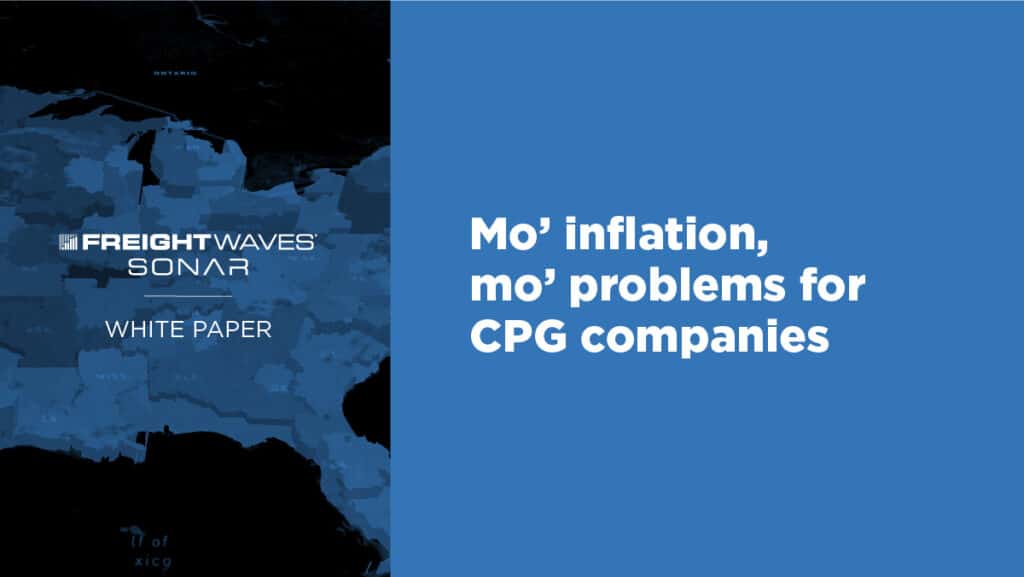Even with inflationary pressures pervading nearly every aspect of the economy, consumer packaged goods (CPG) companies are somewhat uniquely exposed to the current inflationary environment.
Inflation is a greater issue for the CPG industry than many because: 1) corn and other agricultural commodities serve as base ingredients for many food products as well as animal feed, and their prices have risen significantly in the past year; 2) many industries within CPG are labor-intensive amid a severe shortage of blue-collar workers; 3) contract manufacturing costs have risen; 4) packaging costs have risen amid e-commerce growth and rising costs for petroleum-based plastics; and 5) CPG is freight-intensive with transportation costs representing a relatively high percentage of goods’ delivered costs.
For many CPG companies, margin pressure appears likely. While most CPG companies are raising prices, it appears that price increases will not fully offset the rising costs in many or most cases. There is elasticity in their prices because consumers typically have lower-priced private label alternatives.
Freight costs stand out among other inflationary pressures in that they cannot be effectively hedged. That stands in contrast to many other CPG cost components, such as energy and agricultural commodities, which can be hedged, at least in the short-term.
Therefore, in the absence of hedging, CPG companies should utilize as much freight-related data as possible to mitigate freight costs more effectively and improve supply chain efficiency. A recent disclosure by the J.M. Smucker Company illustrates what’s at stake: freight costs are 8% of the company’s cost of sales, which equates to $389 million of annual freight spend for a CPG company of that size. So, a hypothetical 1% improvement in freight spend would yield annual pre-tax savings of nearly $4 million.
Of course, that’s easier said than done, but we have a few ideas of how CPG companies could leverage FreightWaves data and the SONAR SaaS freight platform to effectively manage their freight spend. Illustrations of how to do that are found in the following pages.
Those data sets and use cases include:
Using data from electronic tenders and carrier surveys to assist in negotiations with carriers and 3PLs. (Pages 5-8)
Using freight rate data from loads moved under contracts to benchmark against industry peers and make adjustments accordingly. (Pages 9-10) If CPG companies are overpaying in certain lanes, they may want to negotiate more aggressively. Conversely, rates well below peers can leave CPG companies exposed to carrier compliance issues.
Using spot market data to quantify the risks associated with loads falling through the routing guide. (Pages 11-13)
Using rail intermodal data to find conversion opportunities from truckload. (Pages 14-16) Overlaying intermodal density and rates over existing trucking lanes brings conversion opportunities into focus.






